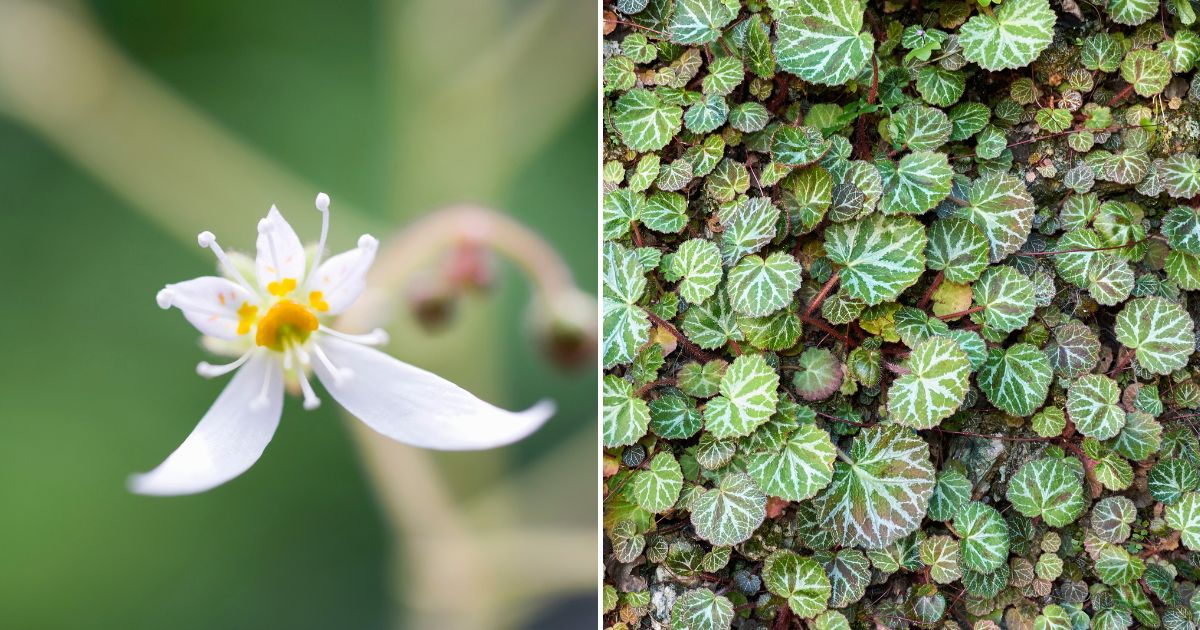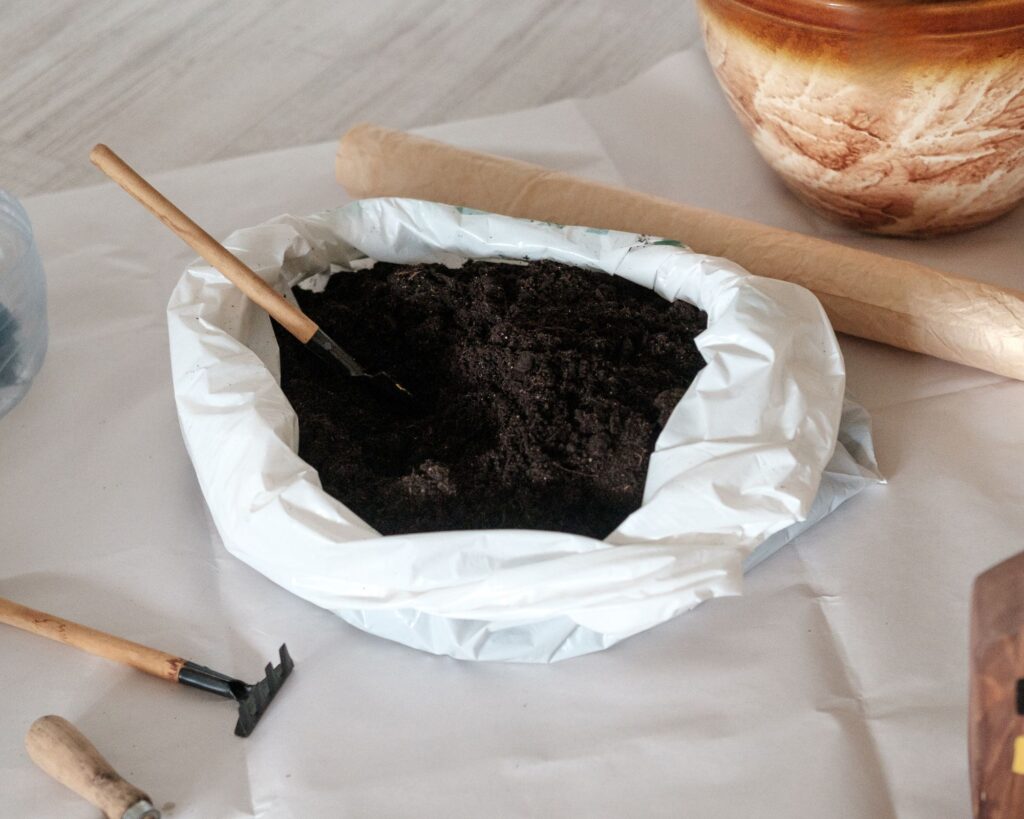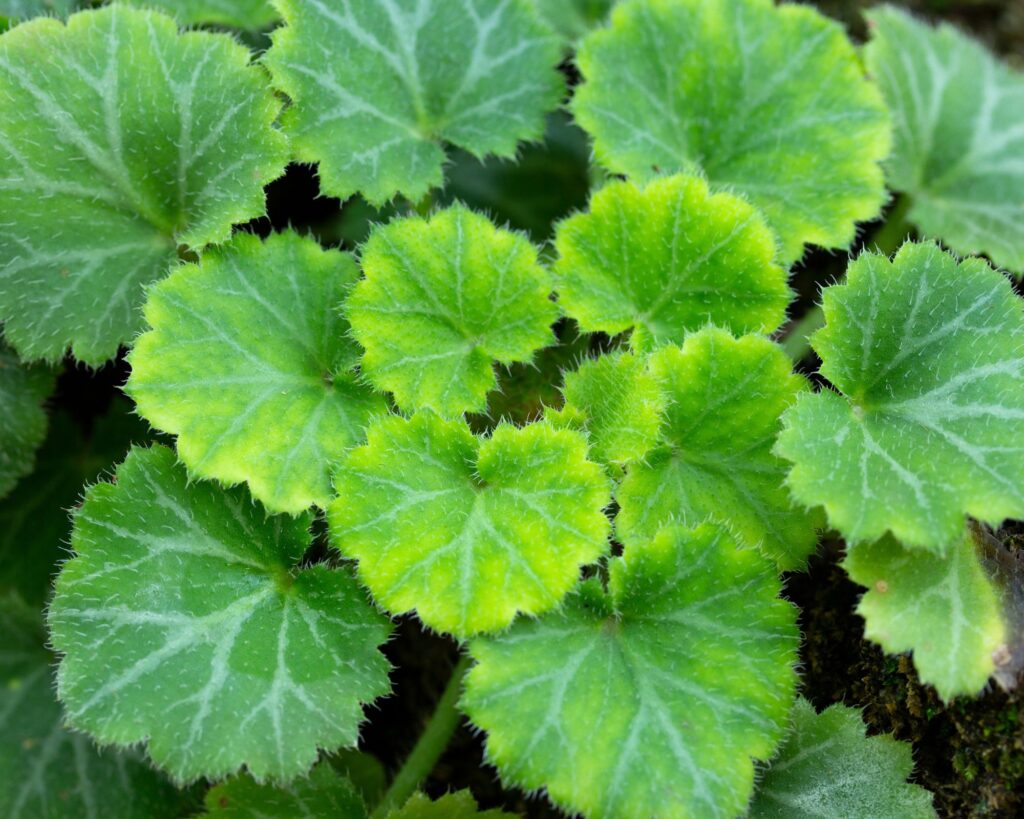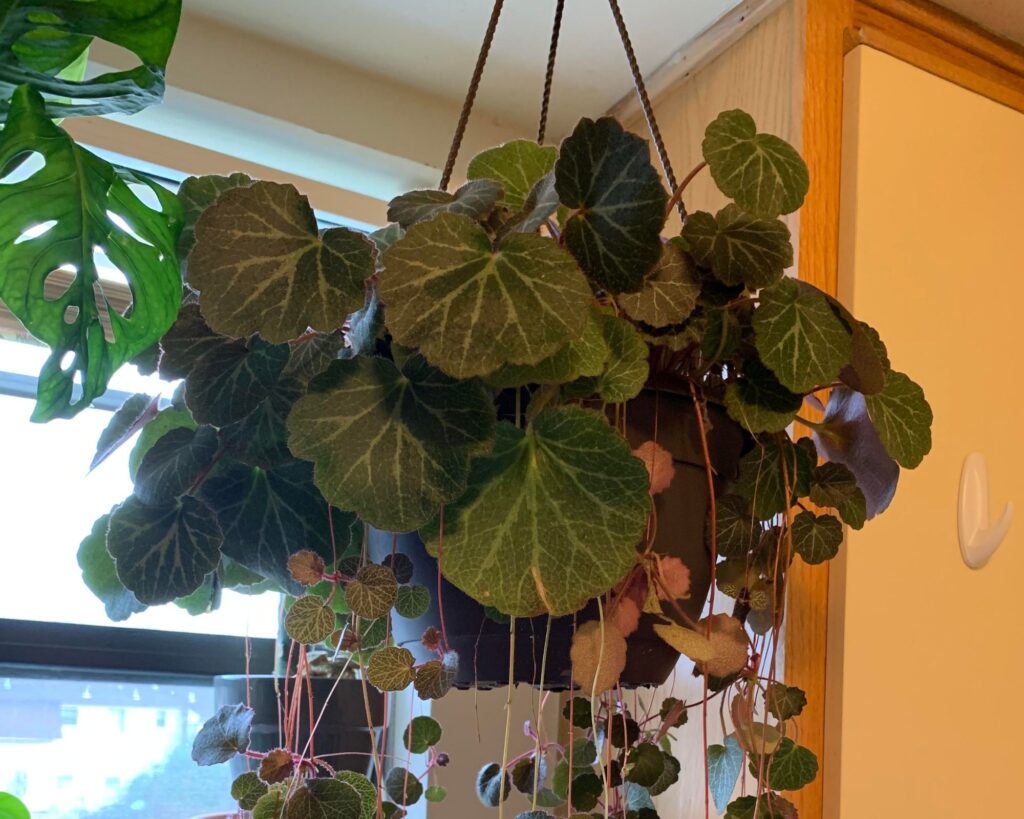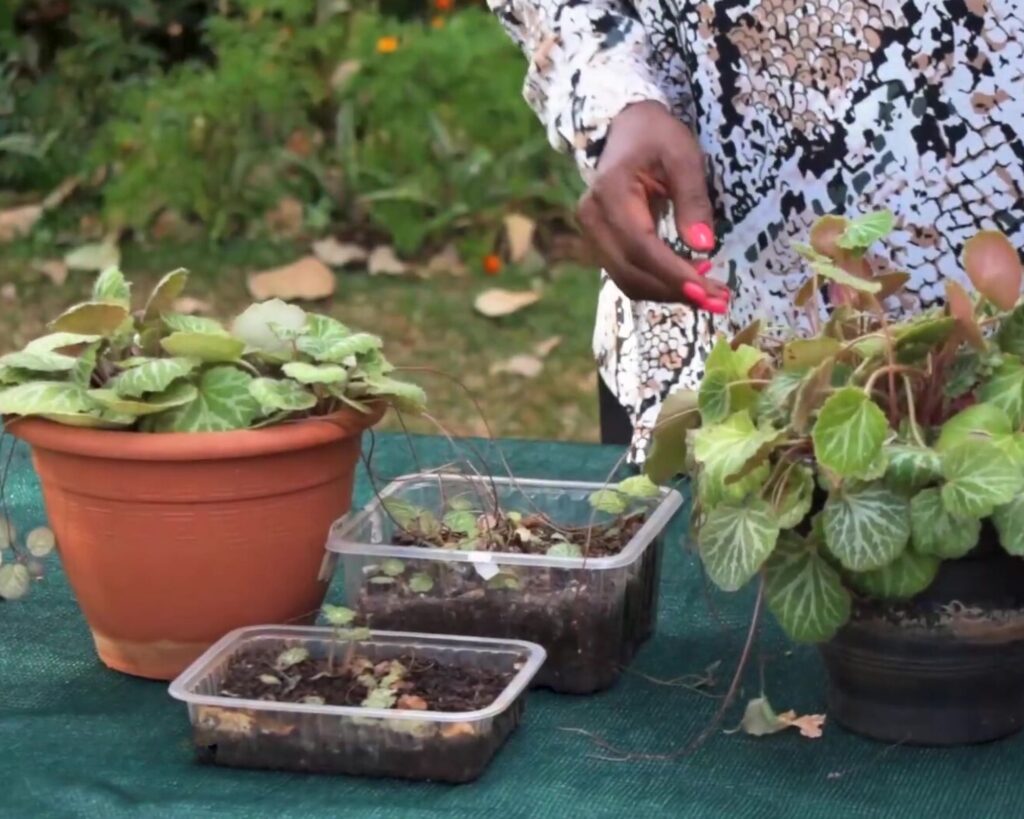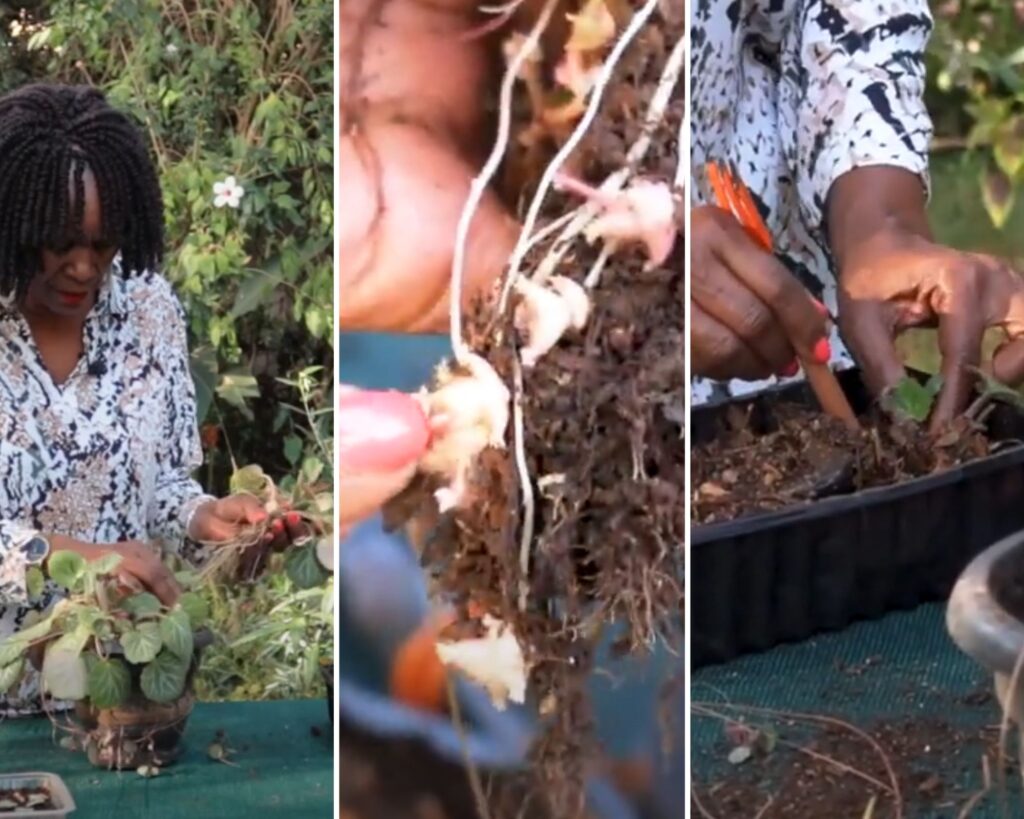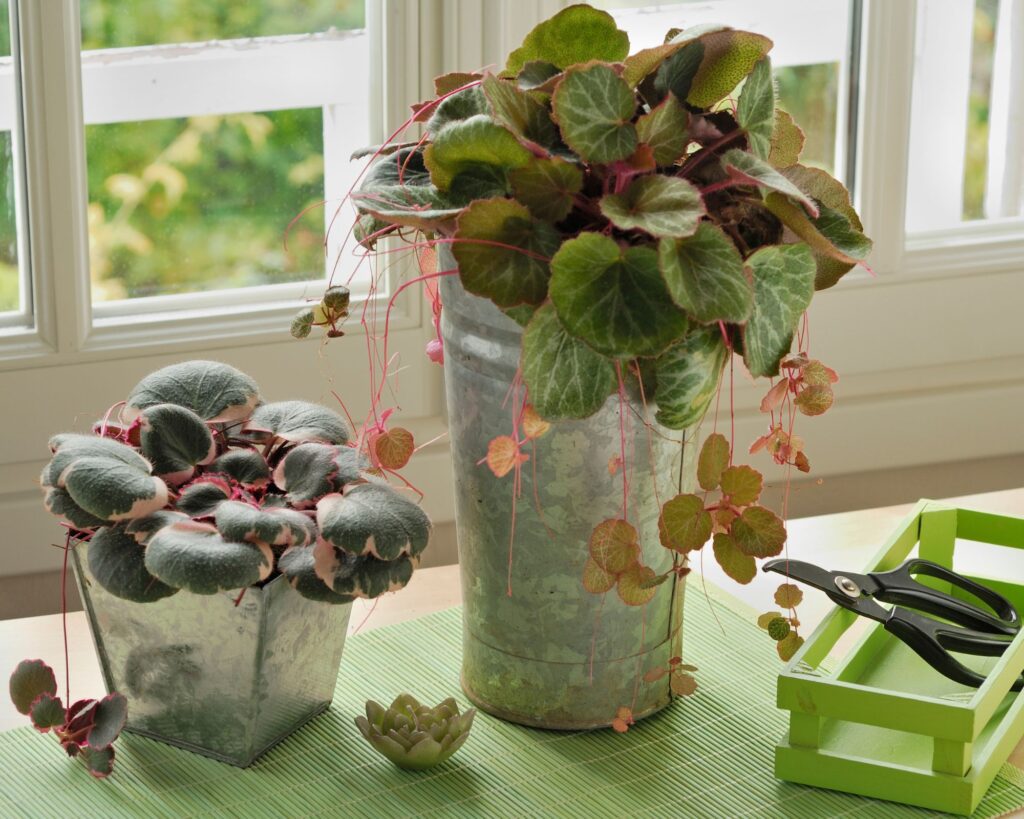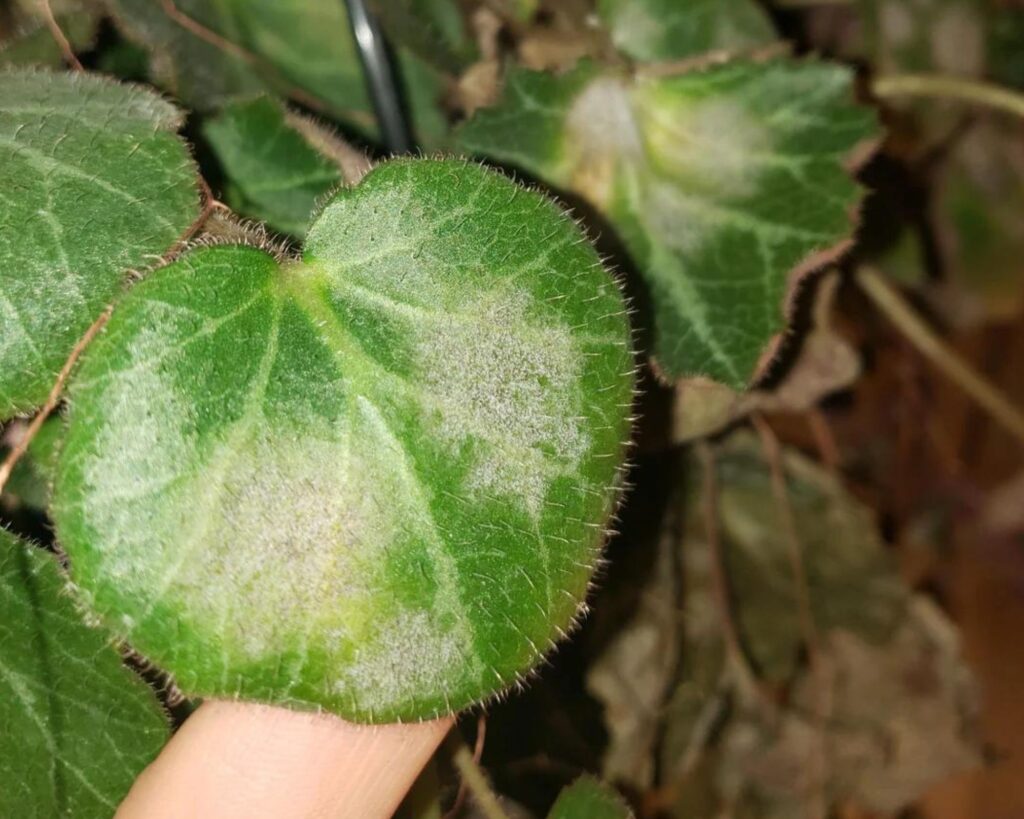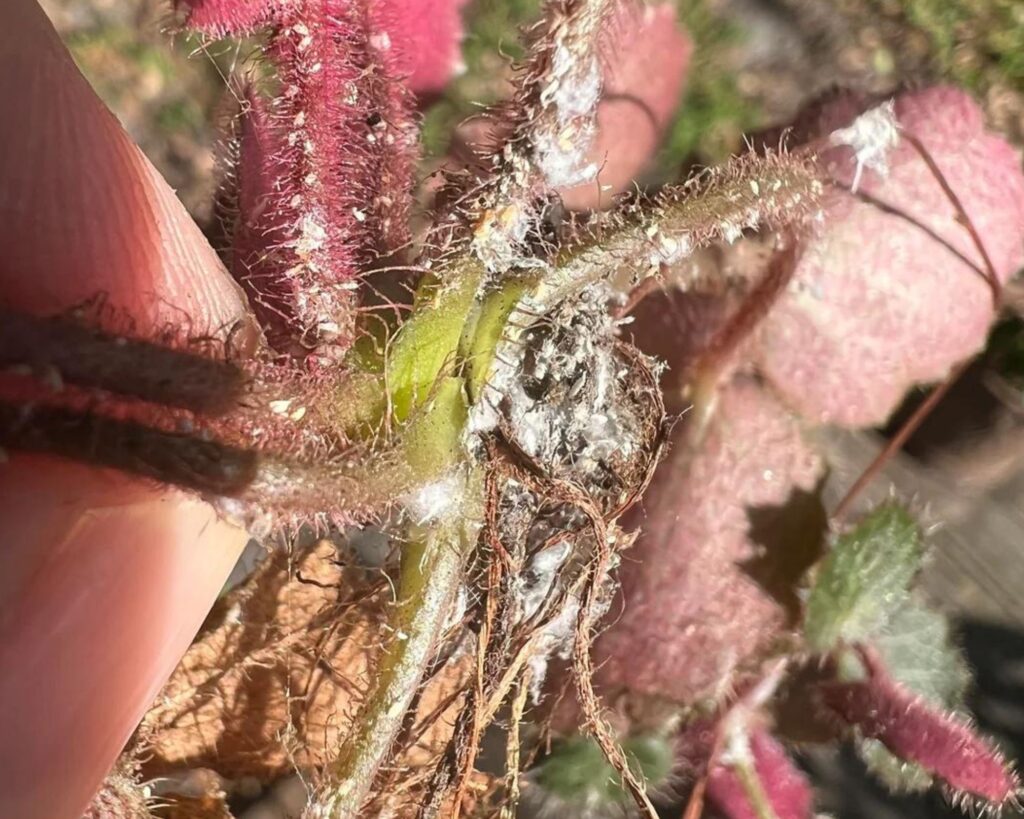If you’re looking to add a unique, easy-to-grow plant to your indoor garden, look no further than the charming Strawberry Begonia (Saxifraga stolonifera). Despite its name, this plant isn’t a true begonia, nor does it bear strawberries!
Instead, it’s an ornamental plant that gets its name from the strawberry-like runners it sends out and its foliage that mimics begonia leaves.
With its cascading vines and delicate white flowers, Strawberry Begonia is a favorite among indoor gardeners for its beauty and hardiness.
Whether you’re a seasoned plant enthusiast or a beginner gardener, growing Strawberry Begonia is a rewarding experience. To help your plant thrive, here are some growing tips you won’t want to miss.
Historical Background and Characteristics
Strawberry Begonias, also known as Saxifraga stolonifera, originate from East Asia. They have been cultivated for their ornamental value across the globe.
These plants are often admired for their lovely foliage – round, green leaves with red undersides – and delicate white flowers with pink veins.
Their name comes from their strawberry-like runners, which shoot out and help propagate new plants.
This characteristic makes them excellent for ground cover. Strawberry Begonias are not true begonias, despite their name, but they share some similarities in growing habits.
Preferred Growing Conditions
Strawberry Begonias thrive in 60-75°F with indirect light. Keep soil moist but not waterlogged, use rich, well-draining soil, and ensure high humidity with misting or a tray. Feed with balanced fertilizer during the growing season for best results.
Planting Your Strawberry Begonia
To ensure a thriving Strawberry Begonia, prioritize selecting the right soil and employing optimal potting techniques. These steps are essential for robust growth and vibrant foliage.
Choosing the Right Soil Mix
The success of your Strawberry Begonia begins with the soil. Use a well-draining mix to prevent waterlogging, which can lead to root rot.
An ideal mix includes ingredients such as peat moss, perlite, and vermiculite. Peat moss retains moisture without becoming soggy, while perlite and vermiculite improve aeration.
A good soil recipe would be:
- 1 part peat moss
- 1 part perlite
- 1 part vermiculite
Test the pH level of the soil. Strawberry Begonias prefer slightly acidic to neutral soil, ideally between pH 5.5 and 6.5. Adjust the mix if necessary to meet these requirements to ensure healthy growth.
Optimal Potting Techniques
Selecting the right pot is crucial. Use a pot with drainage holes to prevent water accumulation. The size of the pot should allow some room for growth but should not be excessively large.
A pot that is one size up from the plant’s current container is usually sufficient.
When potting, gently remove the plant from its old pot, careful not to damage the roots. Place a layer of soil mix at the bottom of the new pot, position the plant, and fill the sides with more mix, pressing it lightly to secure.
Water the plant thoroughly after repotting to help it settle but ensure excess water drains out. Position the potted Strawberry Begonia in a spot with bright, indirect light for best results.
Daily Care and Maintenance
To keep your Strawberry Begonia thriving, it’s crucial to prioritize proper watering, appropriate light, and regular fertilization. Attention to these daily care routines ensures your plant remains healthy and vibrant.
Watering Essentials
Strawberry Begonias require consistent moisture but dislike being waterlogged. Water your plant when the top inch of soil feels dry. Aim for even moisture distribution, but avoid soggy soil. Use well-draining soil mixes to maintain an ideal moisture balance.
Table:
| Frequency | Method |
|---|---|
| Weekly | Water when soil dries |
Pro tip: Use a watering can with a narrow spout to avoid wetting the leaves.
Light and Temperature Requirements
These plants prefer bright, indirect light. Place your Strawberry Begonia near a north or east-facing window. Direct sunlight can scorch the leaves, so consider using a sheer curtain to diffuse the light.
Maintain an indoor temperature between 60-75°F (15-24°C). Avoid sudden temperature changes, as they can stress the plant.
Ensure your plant is away from cold drafts and heating vents to keep it comfortable.
Feeding and Fertilizing Your Plant
Strawberry Begonias benefit from regular feeding. Use a balanced, water-soluble fertilizer diluted to half strength every four weeks during the growing season. Avoid fertilizing in the winter when the plant’s growth slows down.
Tip: Opt for a 10-10-10 (N-P-K) fertilizer for balanced nutrition. Read the product label carefully to avoid over-fertilizing, which can harm your plant.
Propagation Explained
There are two primary methods to propagate Strawberry Begonia: the division method and the leaf cuttings technique. Each method has its advantages and is suited for different purposes.
Division Method
Dividing the plant is a straightforward way to propagate Strawberry Begonia.
1. Prepare the Plant: Water the plant well a day before you plan to divide it to reduce stress.
2. Remove the Plant: Gently remove the plant from its pot.
3. Separate the Clumps: Use a sterile knife to separate the root clumps. Ensure each clump has both roots and foliage.
4. Replant: Place each clump into its own pot with fresh, well-draining soil.
Keep the new plants in a shaded area for a few days to help them acclimate.
Leaf Cuttings Technique
Propagating through leaf cuttings is another effective method.
1. Select Healthy Leaves: Choose leaves that are healthy and free from any damage.
2. Cut the Leaf: Use a sterile knife to cut a leaf, including a small part of the stem.
3. Prepare the Soil: Fill a small pot with a mix of perlite and peat.
4. Insert the Cutting: Place the leaf cutting into the soil mix, ensuring the stem is planted.
5. Water and Cover: Lightly water the soil and cover the pot with a plastic bag to retain moisture.
Place the pot in indirect light and water as needed until roots develop.
Preventing Common Issues
Maintaining a healthy Strawberry Begonia requires attention to disease prevention and pest control. By implementing a few practical strategies, you can ensure your plant thrives.
Disease Prevention Tips
To prevent diseases, always use well-draining soil to avoid root rot. Water the plant at the base to keep the foliage dry, as wet leaves can harbor fungi. Regularly remove any dead or yellowing leaves to improve air circulation around the plant.
Keep an eye out for signs of powdery mildew, which appears as a white, powdery coating on leaves. Use a fungicide spray if needed. Make sure your plants are spaced adequately apart to promote air flow.
Avoid overwatering and ensure your plant isn’t sitting in water.
Sterilize your gardening tools to prevent transferring diseases. When repotting, use fresh potting mix rather than reusing old soil. This helps minimize the risk of introducing pathogens that could harm your Strawberry Begonia.
Pest Control Strategies
Inspect your plants regularly for common pests like aphids, spider mites, and mealybugs. These pests can be controlled by wiping leaves with a soft, damp cloth or spraying with a mixture of water and mild dish soap.
Introduce natural predators such as ladybugs to help keep pest populations in check. Avoid using harsh chemical pesticides, as these can damage the plant and harm beneficial insects. For severe infestations, consider using insecticidal soap or neem oil.
Encourage beneficial insects by planting companion plants nearby.
Regularly checking your Strawberry Begonia and quick action at the first sign of pests can significantly reduce the risk of a major infestation.
